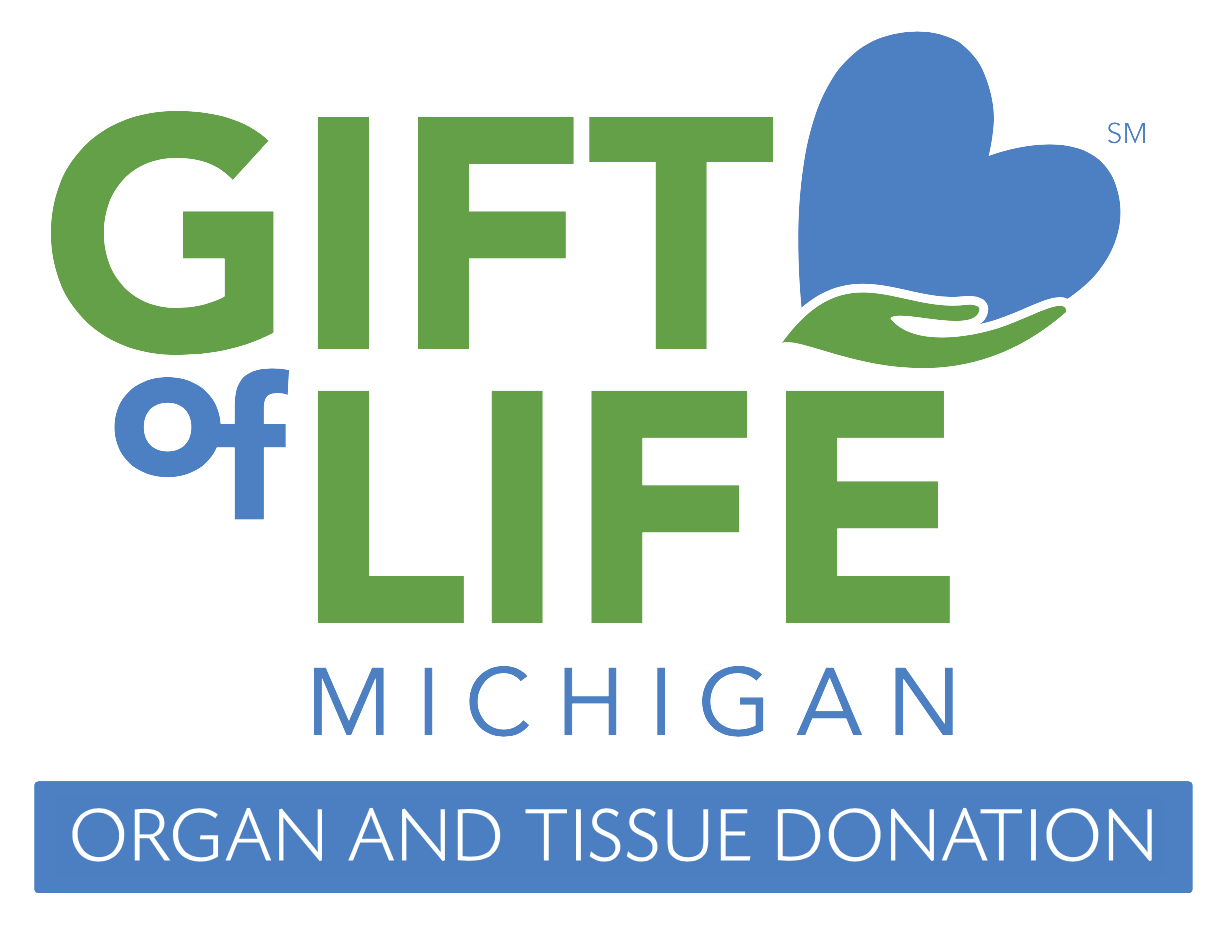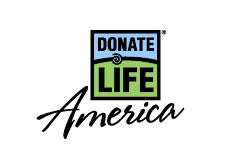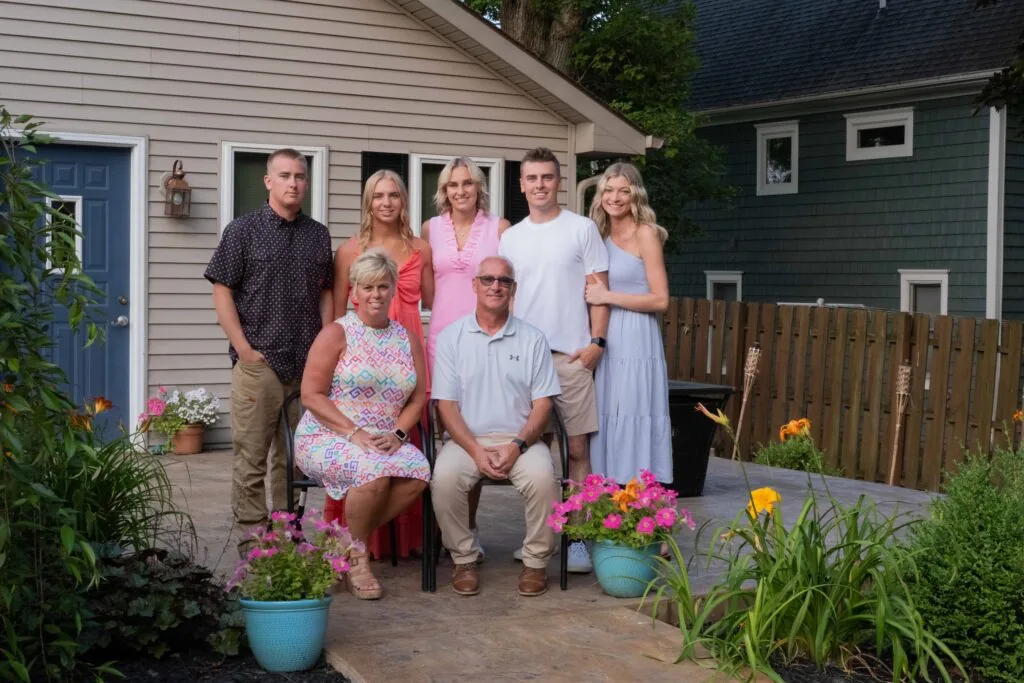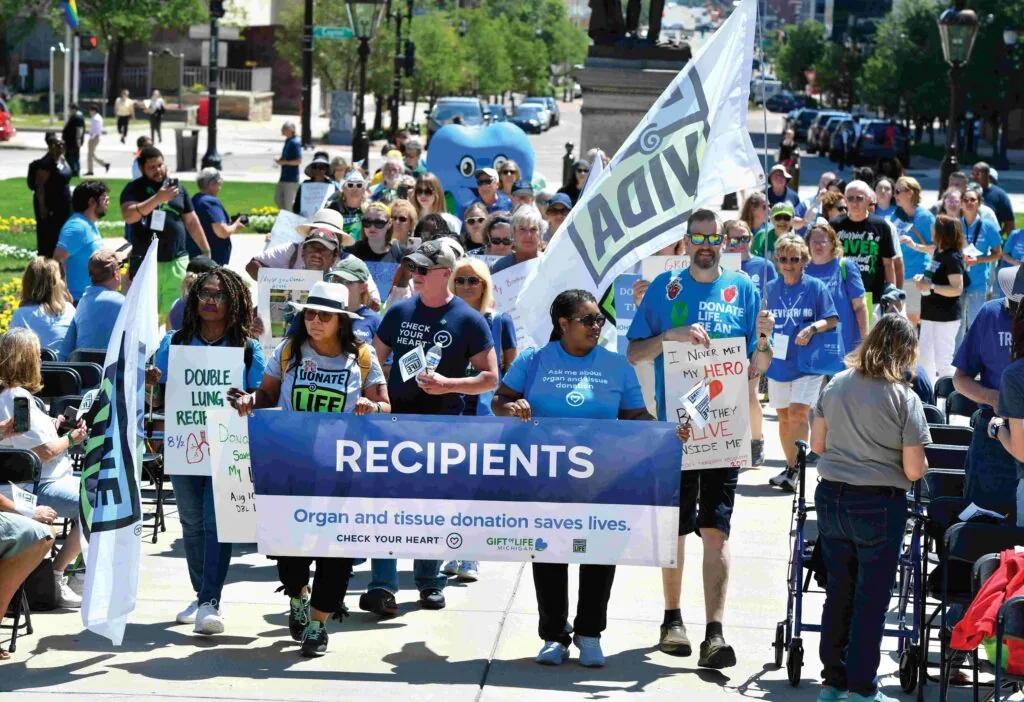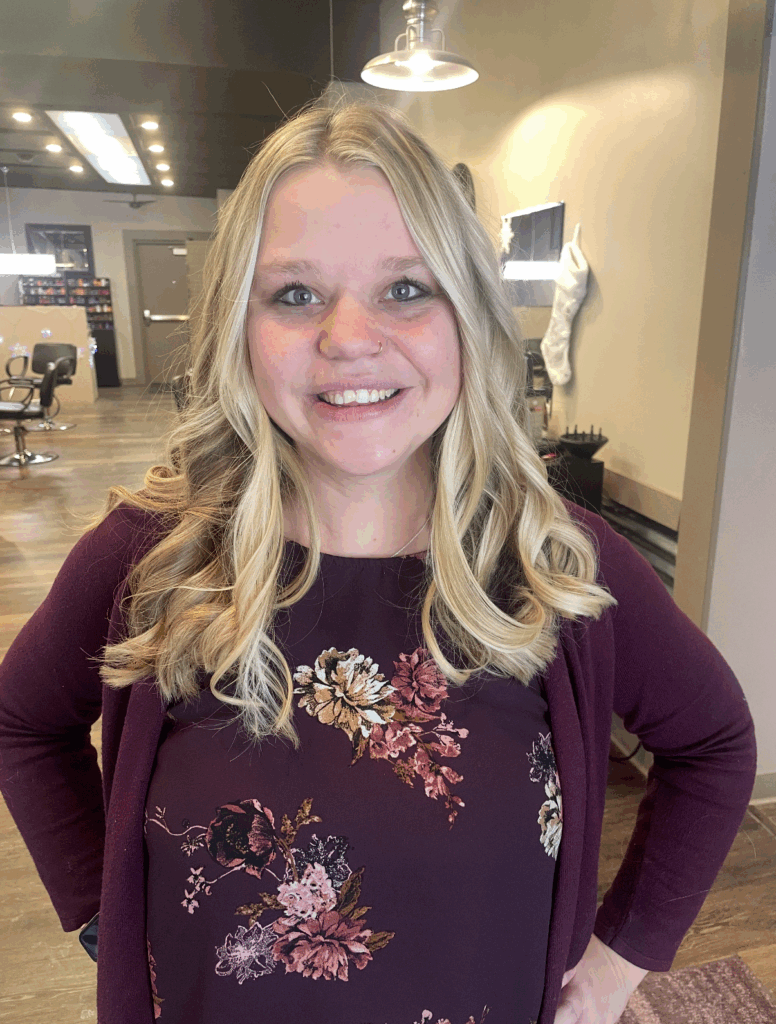Donate Life America, AOPO refute recent media reports
There is a tremendous need for organs for transplant. More than 113,000 people are currently on the transplant waiting list in the United States and the donation and transplantation community works every day to help save and improve their lives. There is currently a significant amount of misinformation being spread about the process for deceased organ donation, and particularly, that the supply problem is easily solvable because ‘thousands of transplantable organs go unrecovered each year.’
Narrowing the gap between available organs and those in need of a lifesaving transplant is a complex problem that deserves attention. However, misinformation discourages donation and fosters mistrust in what is a highly regulated and successful system. Misinformation harms the goal of saving more lives.
If you are writing about organ donation, we hope you will include the facts below and reach out to our organizations for additional information or to speak to experts.
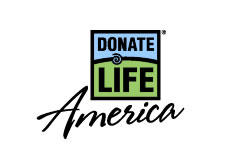

The claim that 28,000 organs are ‘missed’ and go unrecovered each year is false.
The number comes from a non-peer-reviewed report developed for lobbying purposes in which the authors acknowledge their numbers are inflated (pg. 6). They note their estimates represent the “full potential of the system, assuming 100-percent donation rates and 100-percent organ utilization.” They do not take into account the many clinical factors, and transplant program preferences and acceptance practices, that limit organ donation in a real-world setting.
Organ donation is truly a rare event.
Less than 1 percent of all people die in a way that allows for organ donation. Organ donors have to meet extensive criteria, including dying in a hospital and on a ventilator, passing a host of medical tests, such as being free of most cancers and organ damage, having their organs accepted by the transplant teams, and most importantly, there must be authorization for donation.
Organ procurement organizations (OPOs) actively pursue donation possibilities.
OPOs will screen more than 700,000 telephone death referrals from hospitals for the potential of organ donation this year alone. And, for any death that might have donor potential, OPOs send staff onsite to perform detailed medical record reviews of patient data to assess medical suitability and ensure potential organ donors are not missed. OPOs have absolutely no incentive to do anything but the best job possible and recover as many organs as possible. OPOs are only reimbursed when they succeed at their mission – assisting donor families in carrying out their decisions to save lives through organ donation and delivering organs to transplant programs for their patients on the transplant waiting list.
By law, OPOs are the only organizations that can perform the lifesaving mission of recovering organs from deceased donors for transplantation.
The 1984 National Organ Transplant Act established today’s system of organ donation and recovery to standardize the process for donation and ensure fair and equitable allocation of donated organs. The 58 federally designated and regulated OPOs represent a community of professionals across the country dedicated to saving and healing lives. Their commitment is evident 24-hours-a-day, 365 days a year in their care and compassion for organ donors and their families.
The number of organ donors and lifesaving organ transplants continues to grow.
The nation saw its eighth straight record year for organ donation in 2018. And, based on data through the first nine months of this year, 2019 is on track to see a 9 percent increase in deceased organ donors over 2018. At the current pace, AOPO projects 2019 could see an additional 1,000 donors and 3,000 organs transplanted over last year.
Opioid overdose deaths are not driving the increase in organ donors.
Drug intoxication deaths, which includes opioid and others, have accounted for only about one-third of the growth in organ donors nationally since 2012. Since 2016, the number of drug intoxication donors has remained relatively flat at just 12-13% of total donors – a trend that is continuing into 2019. The increased use of organs from donors who have died from overdose illustrates both that OPOs are successful in their responsibilities of actualizing potential donors, and an important shift in perceptions among transplant professionals and the public about the acceptability of such organs.
Organ, eye and tissue donation does not compromise death investigations.
The National Association of Medical Examiners supports donation and concluded in its 2014 position paper, Medical Examiner Release of Organs and Tissues for Transplantation, that with proper communication and cooperation the medical examiner and coroner can allow for procurement of at least some, if not all, organs and/or tissues and fulfill their legal mandates without detriment to death investigations.
The system for organ, eye and tissue donation in the United States is highly regulated.
Federal agencies with oversight of organ or tissue donation include the U.S. Department of Health and Human Services (HHS) and its branches, the Centers for Medicare & Medicaid Services (CMS), the Food and Drug Administration (FDA) and the Centers for Disease Control (CDC). Additionally, each state has its own requirements for organizations that perform organ and tissue recovery and OPOs must follow Organ Procurement & Transplantation Network (OPTN) policies and bylaws. Further, there are industry-specific accreditation requirements.
OPOs support the development of a new independent donation rate performance metric that can be
used to drive improvements in their ability to recover and deliver organs to those who need them.
In comments to the Centers for Medicare & Medicaid Services (CMS), AOPO noted that the current rulemaking process is an exceptional opportunity to drive meaningful change and increase the availability of organs for transplantation. OPOs are persistent and committed in their quest for improvement. Adoption of an improved metric, based on data that is independently reported, collected consistently across the country, available in a timely manner and sufficiently granular to calculate reasonable risk adjusted organ donation potential, that is not in conflict with transplant performance metrics, will better enable OPOs to identify additional opportunities for improvement.
Everyone shares the goal of reaching the day when no one dies while on the transplant waiting list.
This a complex problem and its solutions extend beyond organ procurement to include all aspects and all stakeholders involved in donation and transplantation. This includes donor hospitals, transplant programs, insurance companies, government partners and medical and technological advancements that are yet to be developed. A series of comprehensive systems improvement solutions are necessary. Measures that can make a difference today include:
- Removing regulatory disincentives that keep transplant centers from using organs from donors that are older and medically complex. Studies have shown that many organs, while medically complex, are still medically viable and offer transplant patients the chance for a better quality of life.
- Improving hospital clinical support for organ donors and promoting the use of organ recovery centers.
- Ensuring OPO access to donor hospital electronic health records.
- Continued support to educate all communities to register to be a donor on the national registry, Registerme.org. A single deceased organ donor, who dies in a way that allows for donation and meets the necessary criteria, can save up to eight lives and improve the lives of many others through eye and tissue donation. The more people who are registered, the more likely it is that more lives can be saved and healed.

